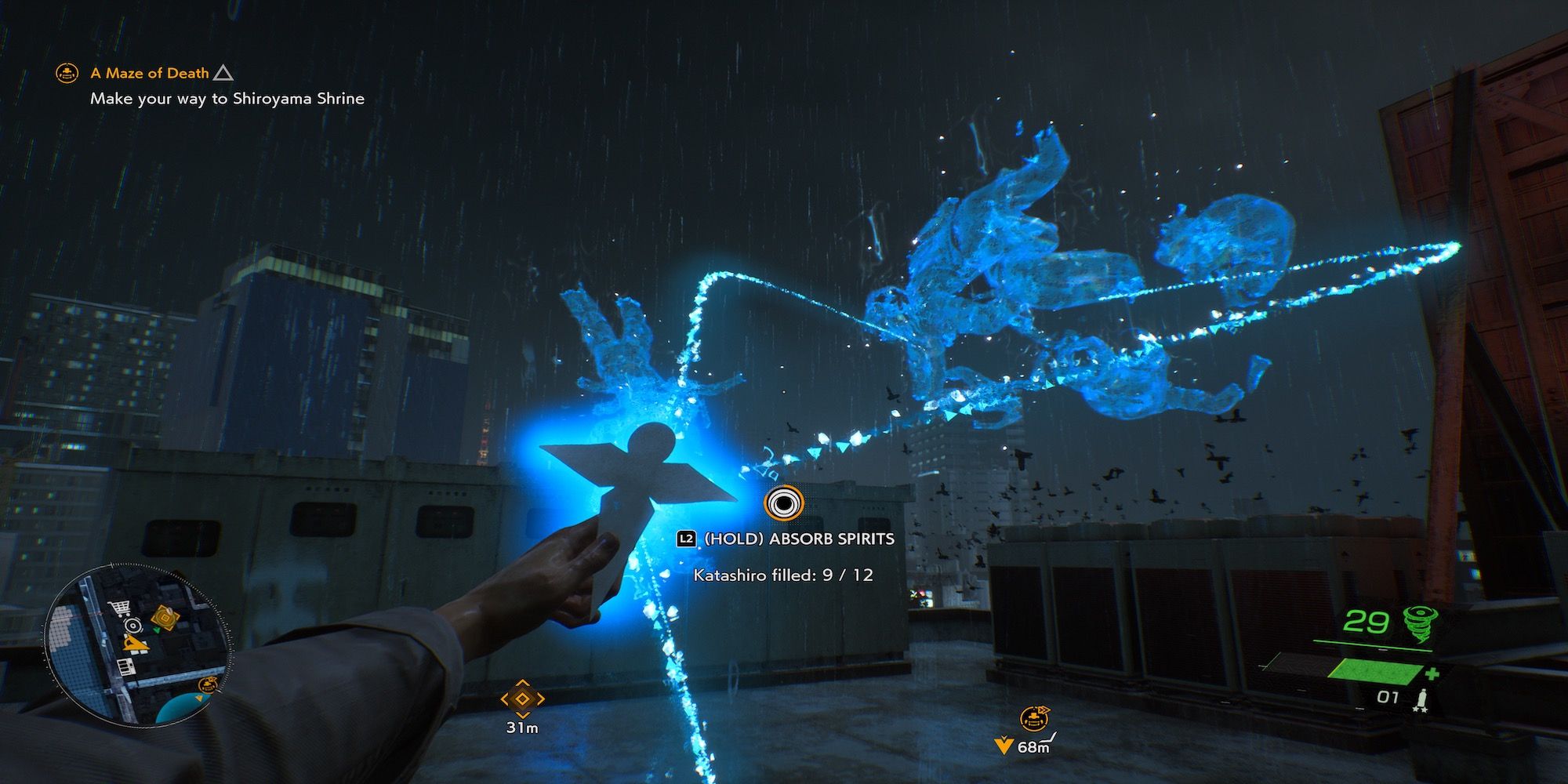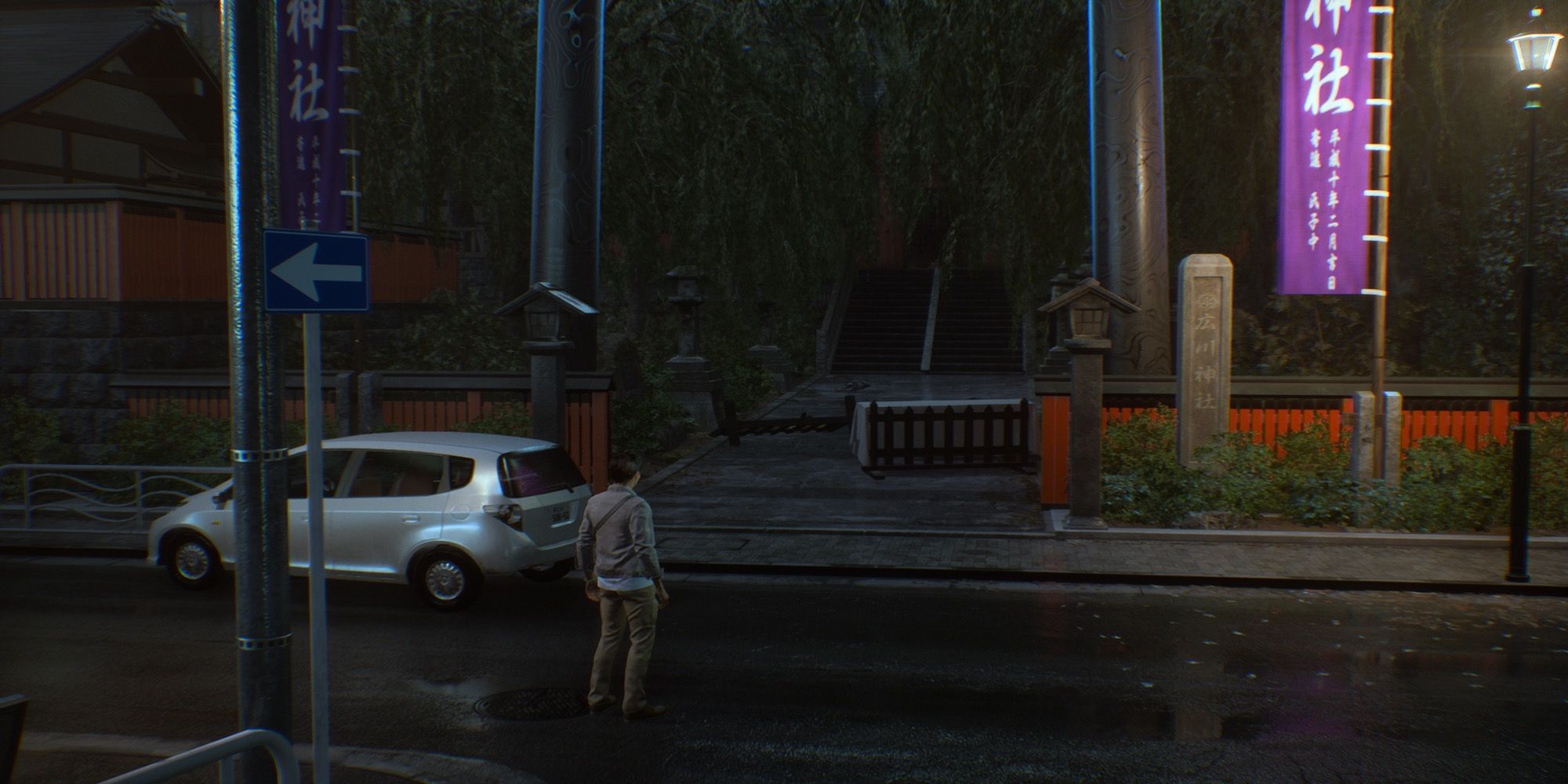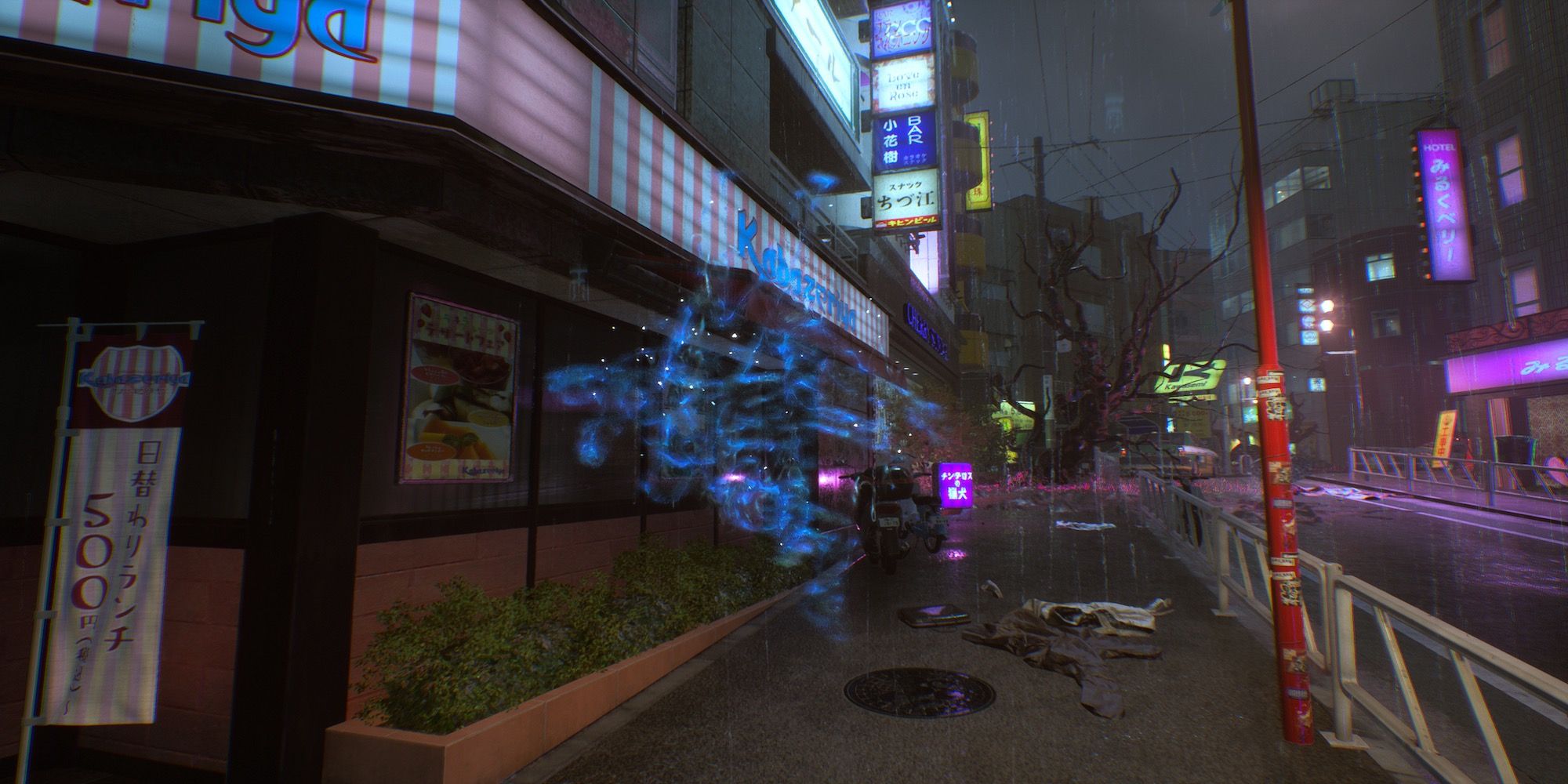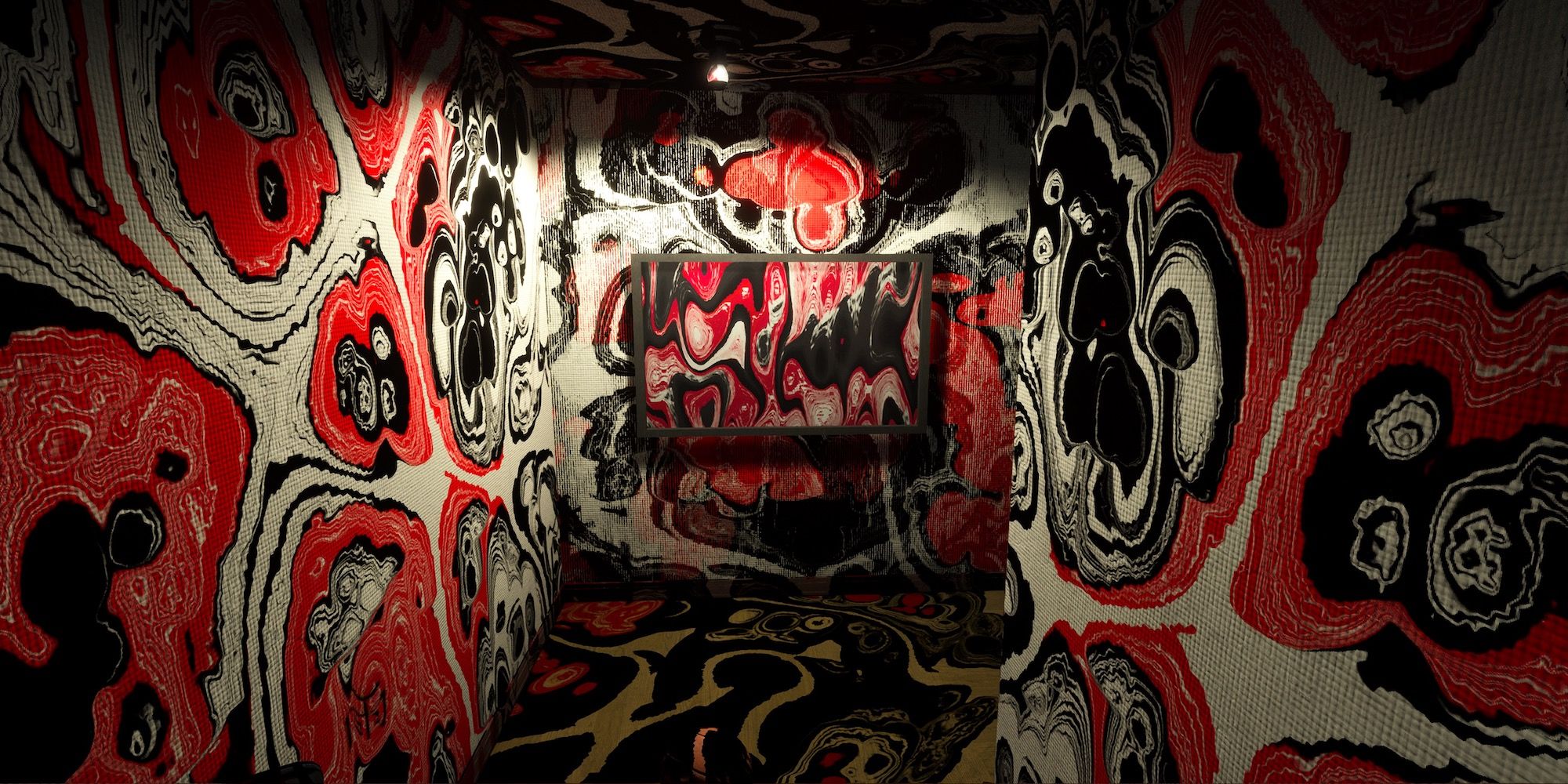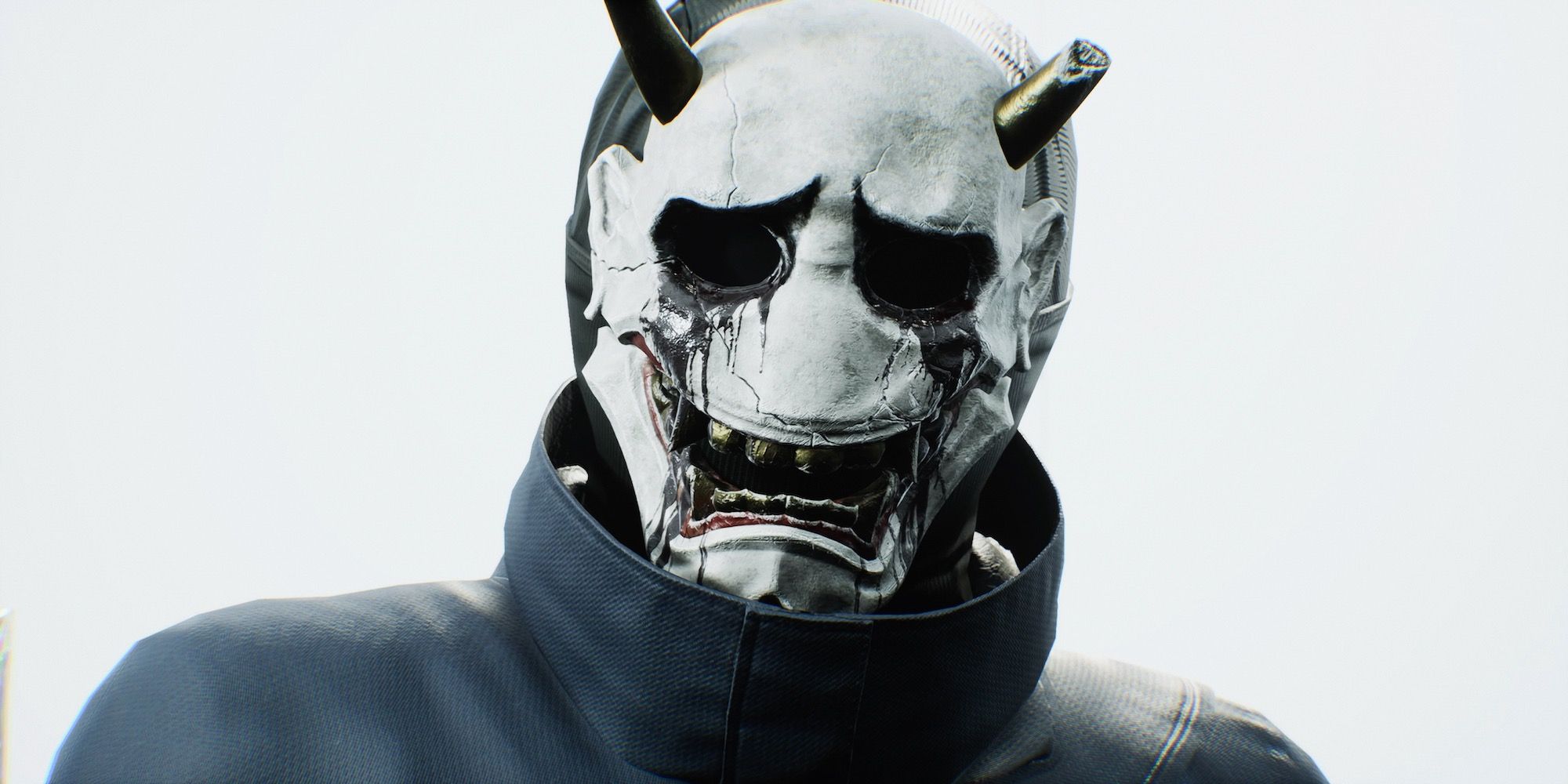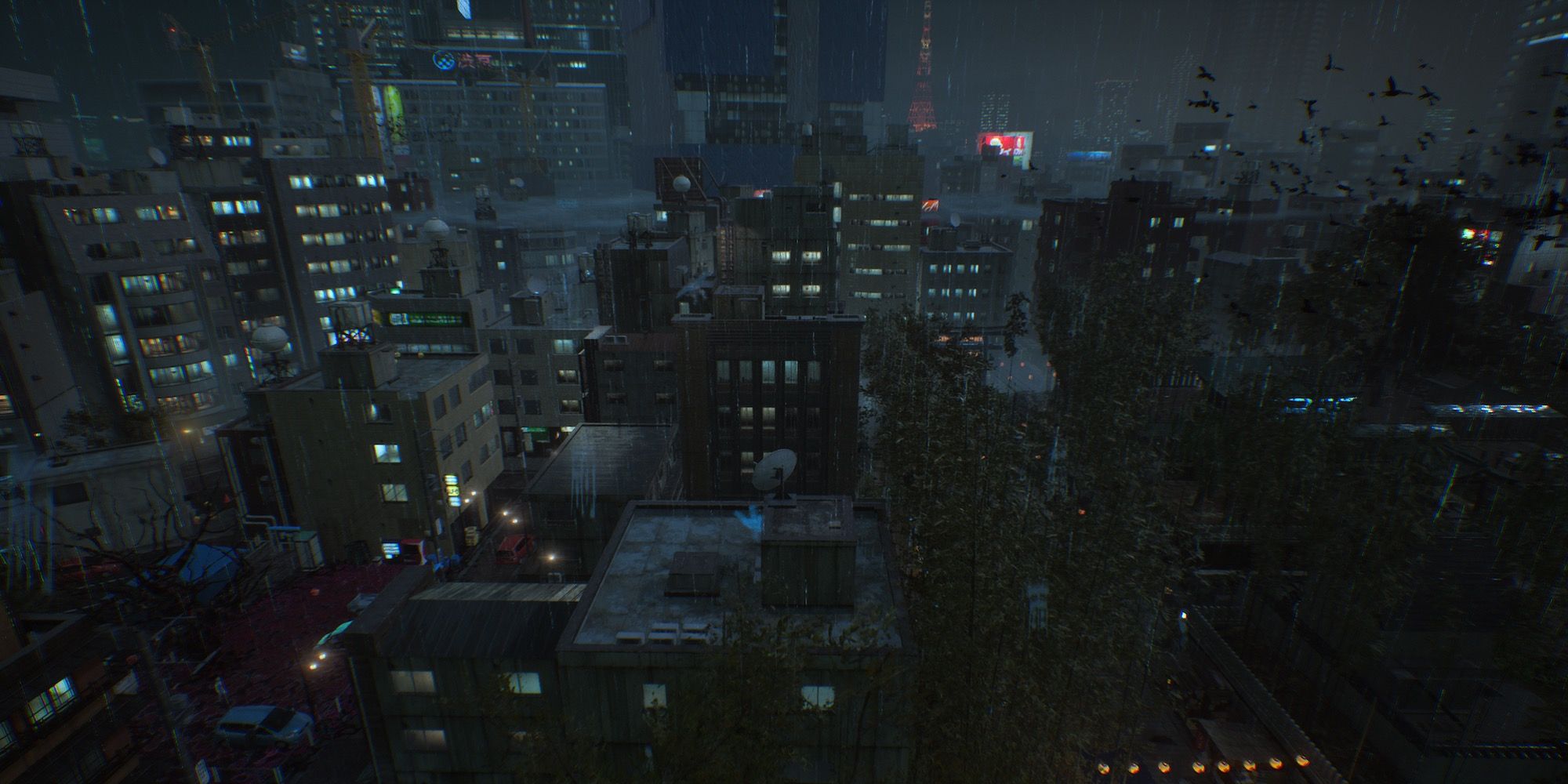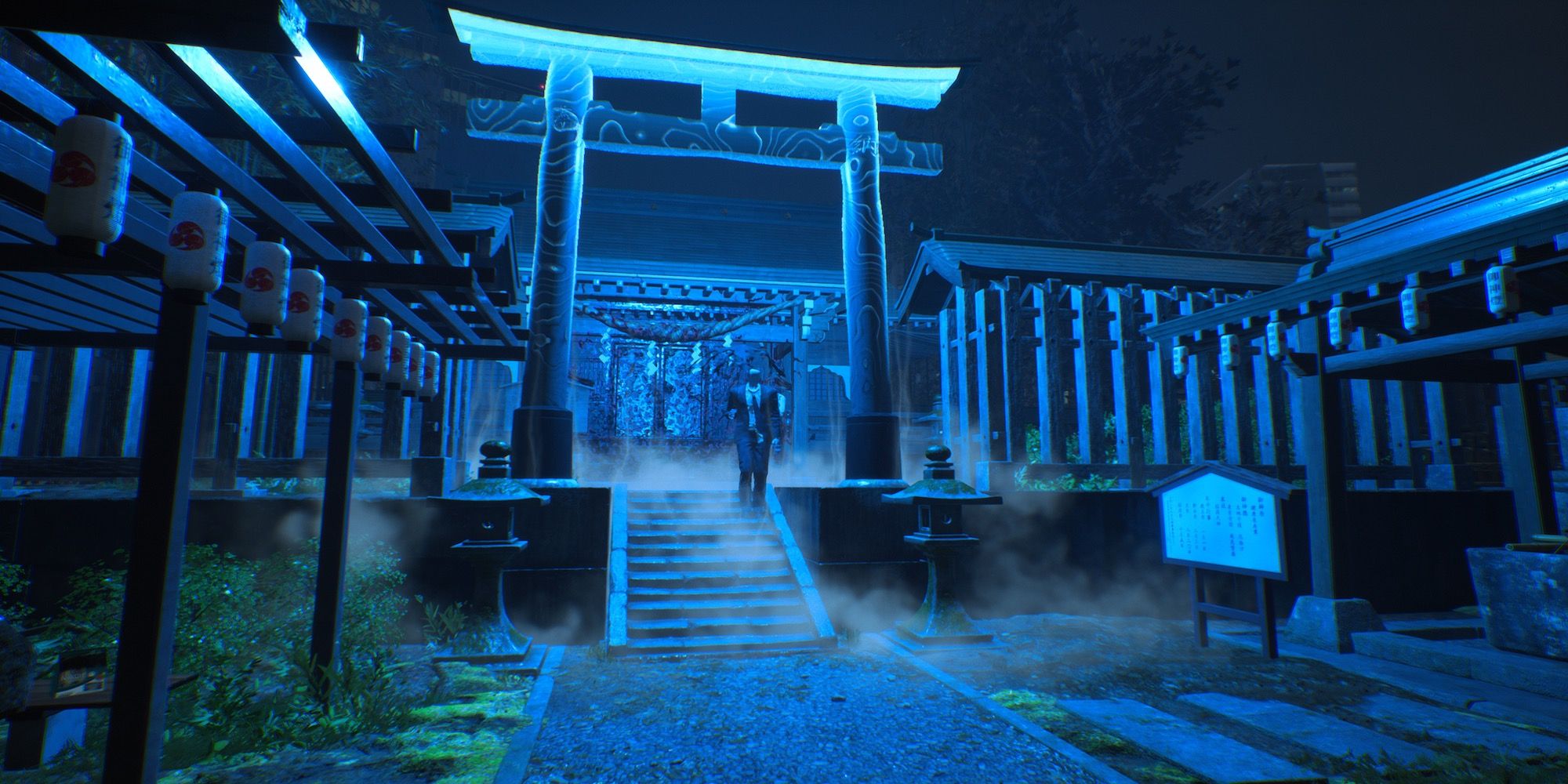Ghostwire: Tokyo is a relatively simple plot for fans of anime and Japanese games. Akito is a seemingly normal dweller within the Shibuya district of Tokyo. One night a giant dome covers the city, trapping everyone within. The worst part is their souls get sucked out of their bodies like some sort of demonic rapture.
The only exception is Akito who is saved by a recently felled spiritual warrior known only as KK. They have their own goals but they intersect to save Shibuya from the evil mastermind behind it, Hannya. That's the general premise of Ghostwire: Tokyo. Reviews for it haven't been overwhelming, but they have been good. What's everyone saying?
8 Love: Relationship Between Akito And KK
Akito and KK start a bit venomous toward each other. As players progress through the game, the two will open up more with each other. One of the most astounding things about their dialogue is that they naturally comment on seemingly ordinary things.
For example, jumping on top of a car for the first time could trigger some new dialogue. The same is true when looking at convenience store items. The story may be all over the place but it feels more grounded thanks to these two talking it up.
7 Didn’t Love: Repetitive Motions
Going through the motions of Ghostwire: Tokyo can be exhausting. The beginning is slow with a lot of walking around to trigger the next cutscene. The game finally opens up the world an hour in but things still take a while to become fully unlocked.
After chapter three is when things might start to become more natural as Akito and KK share a bonding moment. Even when that happens, the mechanics can feel like busywork between absorbing spirits, taking out demon cores, using the phones, and so on. The pace isn’t snappy which is not good for a first-person shooter RPG blend like this.
6 Love: Saving Anywhere, Anytime
One of the most important things an open-world game like this can do is allow players to save anywhere. They can’t save in the middle of a fight, or in some story sequences, but by and large, saving is free.
There are also plenty of slots available if players wish to save a specific moment in time. It’s also a good idea to cycle through manual slots in case there is a need to backtrack. One of the worst things to experience in a game is getting stuck with a save without any way of backing out. Glitches happen all the time and these manual saves are like a godsend.
5 Didn’t Love: A Narrow Open-World
Ghostwire: Tokyo is technically an open-world game with the usual accompaniments. Players can go to shrines to open up the map more and see every activity surrounding it. There are side quests to tackle and plenty of collectibles too.
The game is still narrow as the streets of Shibuya tend to blend. There are not a lot of locations to go into which makes this authentic-looking district feel claustrophobic. That's just how Japan is, but the game could have added more places to go into.
4 Love: Ghostly Visual Tricks
The graphics are decent enough but they don’t scream next-gen like some other current PS5 titles. However, there is a cool aesthetic with the game whenever players cross into demon-infested areas. Walls will bleed, chairs will stack up on each other, gravity will shift, and so on.
It can sometimes feel as if players are descending into madness. These cool visual tweaks make some of even the more drab storylines and quests exciting.
3 Didn’t Love: Not Scary
As neat as the visual tricks are, Ghostwire: Tokyo is not scary. That might not have been the goal of the developer, Tango Gameworks. However, this team also created The Evil Within which was indeed a scary, or at least unsettling, game.
The monsters are one example of how this game can let players down in the spooky department. Most enemies are weird-looking humans that might be scary to see in real life but aren’t scary for a game. The variety is lacking as well.
2 Love: No Fall Damage
Elden Ring is a great open-world game that is getting near-universal praise. However, there is one small thing that has troubled players: fall damage. It’s the kryptonite of any open-world game with verticality in it. Thankfully Ghostwire: Tokyo is not one of those crippling experiences.
Because this happens so much in games, players may expect to die if they fall off of a building in Ghostwire: Tokyo too. The game plays off of those expectations by joking about it the first time it happens. It may seem like a small thing to some, but the inclusion of no fall damage will alleviate a lot of headaches for others.
1 Didn’t Love: Photo Mode
Photo Mode has become almost a standard for AAA games at this point. Ghostwire: Tokyo has it as well but it is very limited. For example, it activates like Akito is using a signing technique. It’s a clever way to incorporate a photography mechanic into a game but the problem is players can’t take photos in the middle of the RPG action.
That’s one of the coolest things to capture in an action game. There is an issue outside of battle as well because Photo Mode doesn’t pause the experience, leaving players vulnerable.
Ghostwire: Tokyo was released on March 25, 2022, and is available on PC and PS5.






